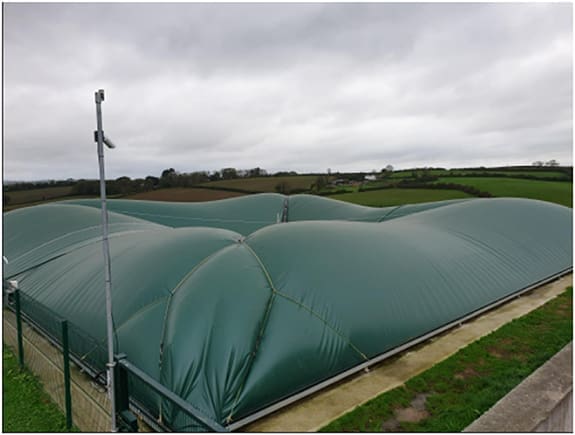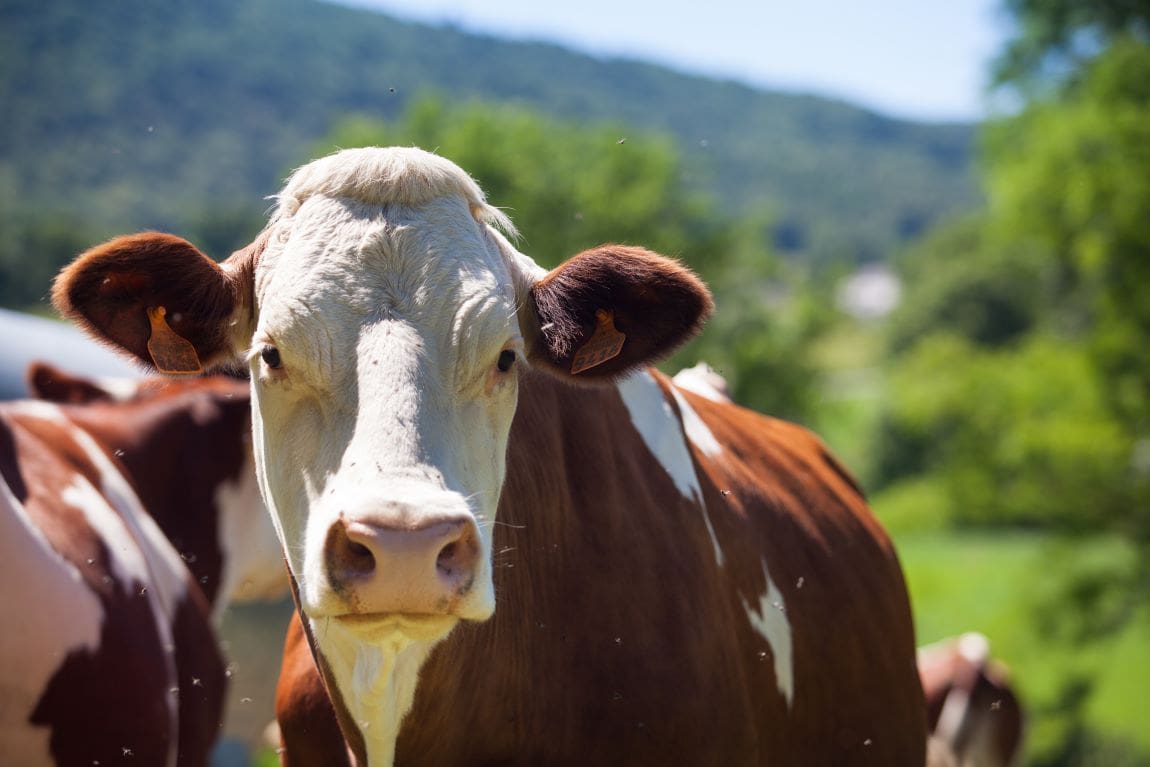New research reveals that methane emissions from slurry stores on dairy farms may be up to five times greater than official estimates suggest, offering a significant opportunity for reducing emissions and fuel costs by converting the methane into biogas.
Conducted by the University of East Anglia (UEA) and the International Fugitive Emissions Abatement Association (IFEAA), the study highlights the underreported methane emissions from manure management and underscores the potential for renewable energy conversion.
Methane, a potent greenhouse gas, is emitted in large quantities from manure slurry storage. However, if this methane were captured and turned into biogas, the UK dairy sector alone could save more than £400 million annually in fuel costs.

This represents an average saving of around £52,500 per dairy farm, according to the research published in Environmental Research: Food Systems.
Professor Neil Ward from the Tyndall Centre for Climate Change Research at UEA emphasized the dual opportunity this presents for farmers: “Fortunately, we have the technology to turn this problem into a business opportunity for farmers who can reduce energy bills and become energy independent if they capture and make use of methane as a fuel.”
The research was based on field measurements from two dairy farms in Cornwall, England, and suggests that the official methods used to calculate methane emissions may be underestimating the figures by up to five times. The farms recorded methane emissions of 145 kg and 198 kg per cow per year, compared to the UK National Inventory estimate of just 38 kg per cow annually.
Current national emissions inventories often report that methane emissions from animals’ digestive systems are far greater than those from manure management. However, the study suggests that the contribution from manure management might be much closer to 50% of total methane emissions.
Professor Ward pointed out that if emissions from manure management are being underestimated, this not only distorts official climate figures but may also shift priorities away from effective mitigation strategies. The findings represent an “urgent call for action and further work to better understand methane emissions from manure management.”
The research’s implications extend far beyond cost savings. If methane emissions from dairy slurry could be captured across the European Union dairy sector, it could potentially reduce emissions equivalent to 5.8% of the remaining global temperature rise budget, if temperature were to be kept to 1.5 °C of warming.
George Eustice, former Secretary of State for Environment, Food, and Rural Affairs and chair of IFEAA, emphasized the importance of these findings: “The bad news is that emissions from agriculture are higher than previously thought but the good news is that this methane is easily captured and used as an alternative to fossil fuels, creating an additional income stream for farms.”
The report calls for a range of policy measures to support methane capture, including increased financial grants for covering slurry lagoons and incentives for installing methane-processing equipment. Currently, technology to capture and convert methane is available, but wider deployment could be facilitated through more accessible grants, simplified planning and permitting processes, and tax incentives for investments in methane recovery infrastructure.
Professor Penny Atkins, CEO of IFEAA, noted that the technology for capturing and processing methane is already commercially viable. However, “if an incentives framework for capital investment on farms, coupled with regulatory support, can be implemented,” the economic prospects for farms to become energy self-sufficient could be transformative.
By embracing methane capture technology, dairy farms could contribute significantly to reducing global greenhouse gas emissions, while also benefiting from substantial cost savings.
Journal Reference:
Neil Ward, Andrew Atkins, Penny Atkins, ‘Estimating methane emissions from manure: a suitable case for treatment?’, Environmental Research: Food Systems 1, 025003 (2024). DOI: 10.1088/2976-601X/ad64d7
Article Source:
Press Release/Material by University of East Anglia
Featured image credit: wirestock | Freepik




